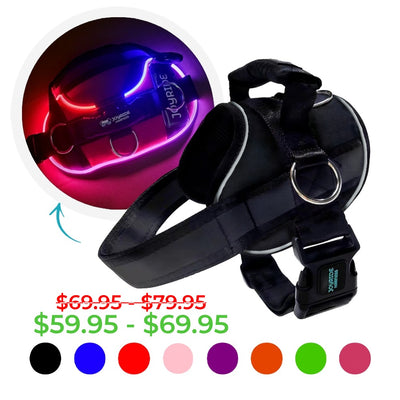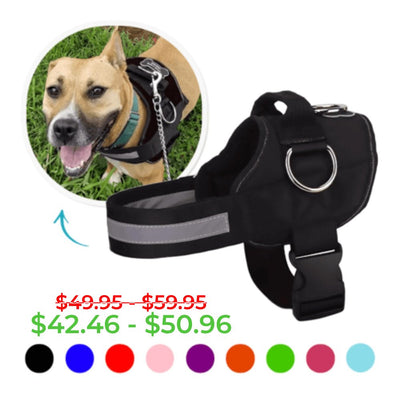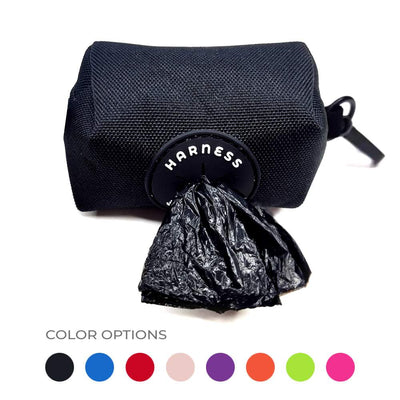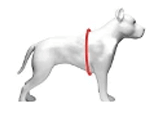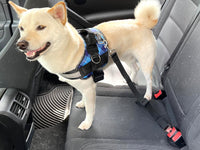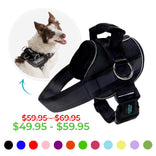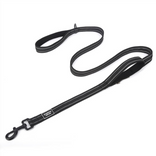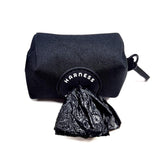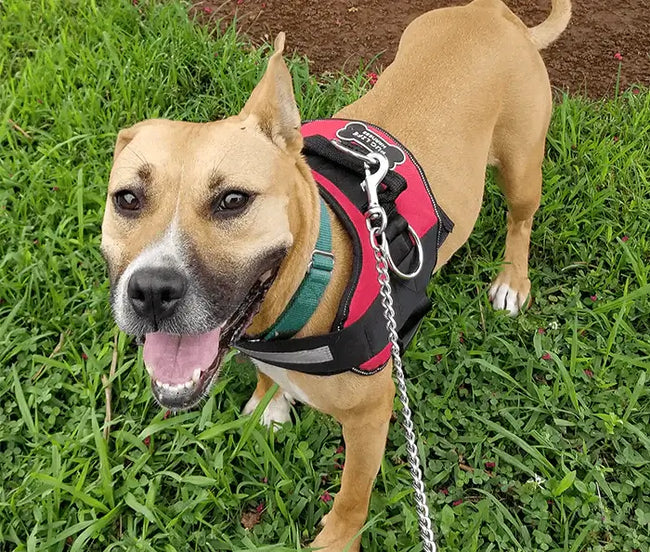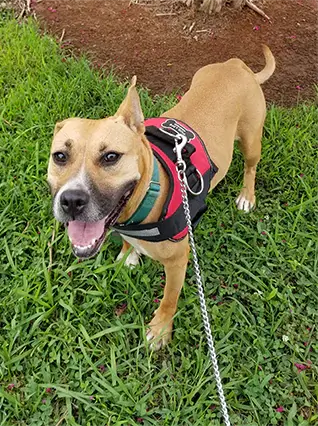How Much Playtime Do Dogs Need? A Complete Guide for Dog Parents

Playtime is one of the most important parts of a dog’s daily routine. It provides both physical exercise and mental stimulation, which are essential for a dog’s overall health and happiness. But how much playtime does a dog actually need?
The answer depends on your dog’s breed, age, personality, and energy level. Some dogs thrive with a few short play sessions, while others require longer and more intense activity to stay healthy and well-behaved.
In this guide, we’ll break down the ideal amount of playtime for dogs of different ages and activity levels, the benefits of play, and how to make playtime engaging and safe for your pup.
Why Is Playtime Important for Dogs?

Dogs are naturally active and playful animals. Without enough play and exercise, they can develop behavioral problems, including excessive barking, destructive chewing, and hyperactivity.
Physical Benefits of Playtime
✔ Helps maintain a healthy weight
✔ Strengthens muscles, joints, and cardiovascular health
✔ Reduces the risk of obesity-related health issues
Mental and Emotional Benefits of Playtime
✔ Prevents boredom and anxiety
✔ Strengthens the bond between you and your dog
✔ Encourages problem-solving skills through interactive games
✔ Helps with socialization when playing with other dogs
A well-exercised dog is generally happier, healthier, and better behaved. Now, let’s discuss how much playtime your dog actually needs.
How Much Playtime Does Your Dog Need?

The ideal amount of playtime depends on a dog’s age, breed, and activity level.
1. Playtime for Puppies (0–12 months)
Puppies are naturally energetic and curious, but their growing bodies need rest as well. Instead of long periods of exercise, they benefit from short but frequent play sessions throughout the day.
Recommended Playtime:
- 5–10 minutes of play per session, several times a day
- Combined with short walks and light training exercises
Best Play Activities for Puppies:
- Tug-of-war (gentle play to avoid harming developing teeth)
- Interactive toys (puzzle feeders, squeaky toys)
- Light games of fetch indoors or in a fenced yard
Tip: Puppies also need frequent naps throughout the day. Over-exercising can lead to exhaustion, so be mindful of their energy levels.
2. Playtime for Adult Dogs (1–7 years)
Once dogs reach adulthood, their playtime needs depend heavily on their breed and energy level.
Low-Energy Breeds (Bulldogs, Basset Hounds, Pugs)
-
30–45 minutes of total activity per day
-
Enjoy relaxed activities like short walks, gentle games, or light training exercises
Medium-Energy Breeds (Labradors, Golden Retrievers, Cocker Spaniels)
-
60 minutes of exercise and play per day
-
Enjoy a mix of fetch, tug-of-war, and scent-based games
High-Energy Breeds (Border Collies, Huskies, Australian Shepherds)
-
90+ minutes of play and exercise per day
-
Require more intense activities, such as running, agility training, and mentally stimulating games
Tip: If your dog is restless, chewing furniture, or barking excessively, they may not be getting enough physical or mental stimulation. Adjust their play routine as needed.
3. Playtime for Senior Dogs (7+ years)
As dogs age, they may slow down, but regular play is still essential for maintaining mobility and mental sharpness. Senior dogs benefit from gentle, low-impact activities that keep them moving without causing strain.
Recommended Playtime:
- 20–30 minutes of activity per day
- Can be divided into short walks and light play sessions
Best Play Activities for Senior Dogs:
- Gentle indoor games like hide and seek or food puzzles
- Slow walks with time for sniffing and exploration
- Soft tug toys for light play
Tip: Pay attention to signs of joint pain or discomfort. If your senior dog struggles with movement, adjust their play routine to ensure it remains safe and comfortable.
How to Make Playtime More Engaging for Your Dog

1. Use a Variety of Toys
Dogs can become bored if they play with the same toys every day. Rotating their toys can help keep them interested and mentally stimulated.
Types of Toys to Consider:
- Chew toys for teething puppies and heavy chewers
- Puzzle toys to encourage problem-solving
- Balls and frisbees for dogs that love fetch
- Squeaky toys to engage a dog’s natural prey drive
2. Try Different Types of Play
Not all dogs enjoy the same activities. Experiment with different types of play to see what keeps your dog engaged.
Popular Play Activities:
- Fetch: Great for dogs that love to chase and retrieve
- Tug-of-war: Builds strength and provides a bonding experience
- Hide and seek: Encourages problem-solving and scent-tracking skills
- Obstacle courses: Provides both mental and physical exercise
3. Keep Playtime Safe
To ensure a safe and enjoyable experience, take precautions during playtime.
Safety Tips:
- Supervise play sessions with small toys that could be choking hazards
- Avoid playing on slippery or rough surfaces that may cause injuries
- Always provide fresh water after exercise
Signs Your Dog Needs More Playtime

Dogs that do not get enough play may exhibit signs of boredom and frustration.
Common Signs Your Dog Needs More Playtime:
- Excessive barking or whining
- Chewing on furniture, shoes, or household items
- Running around the house in bursts of energy (zoomies)
- Difficulty settling down or constant attention-seeking
If your dog regularly shows these behaviors, they may need additional physical exercise and mental enrichment.
Regular play is essential for keeping dogs physically fit, mentally engaged, and emotionally balanced. While the ideal amount of playtime depends on breed, age, and individual personality, the key is to ensure that your dog has consistent opportunities for movement and engagement every day.
A well-played dog is not only healthier but also happier and better behaved. By making playtime a routine part of your dog's life, you can help them stay active, content, and well-adjusted.
Enhancing Playtime and Walks with the Right Gear

Playtime is important, but so are daily walks. A well-fitted harness can make outdoor activities safer and more comfortable for both you and your dog.
Using the right harness allows for better control, prevents strain on your dog’s neck, and ensures that your pup enjoys their walks and play sessions without discomfort. Choosing the right gear can make a significant difference in your dog’s overall activity levels and well-being.
By incorporating the right balance of play, exercise, and structured walks, you can ensure that your dog leads a happy, active, and fulfilling life.
-----
This is just a sampling of informational roundups we offer at Joyride Harness. You can find more tips and tricks and how-to’s for caring for your dog on our blog at this section. Feel free to leave a comment with things you’re looking for!

